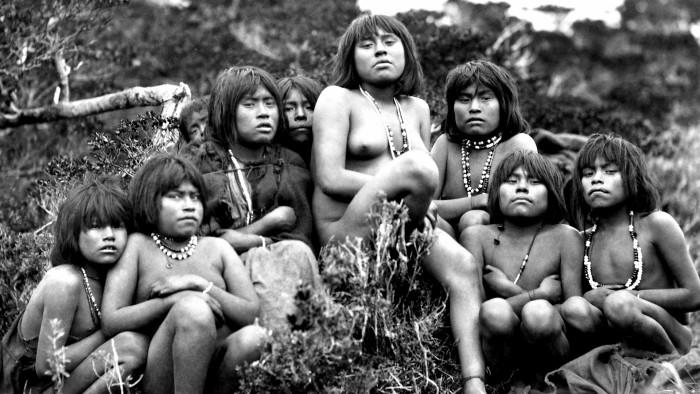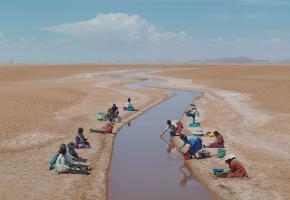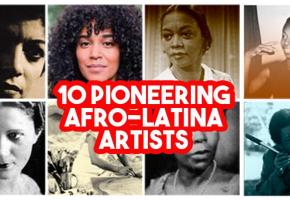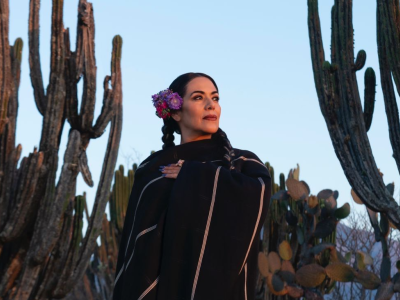Poetry and politics is what we have come to expect from Guzmán’s films since La batalla de Chile (The Battle for Chile, 1972-79), which started as a testimony of the transformations introduced by the democratically-elected socialist government of Salvador Allende, and continued with the military coup led by Pinochet with the support of the U.S.
And yet, even though one expects the director’s enduring interest in the historical memory and the defense of the oppressed, does not make his films any less stimulating and fascinating.
Whereas Nostalgia de la luz was set in the northern Atacama, the driest place on earth where giant telescopes aim at the stars to discover the origin of the universe, anthropologists search for mummies, and women dig the soil to find the disappeared of the Pinochet dictatorship, the focus of El botón de nácar has moved to the southern waters.
Now the interest is in the waterways of the Archipelagoes of western Patagonia, where native communities used to live in communion with the water and the cosmos until 1883. Arrived 10,000 years ago, the Kawésqar, the Selk’nam, the Aoniken, the Hausch and the Yamana peoples used to live between fjords, islands and glaziers. They were some 8,000 in total and moved in about 300 canoes. In 1883 the settlers, the cattle farmers, the gold hunters, the Catholic missionaries and the Chilean military and police arrived and their world collapsed. The government declared them corrupt, cattle thieves and barbaric, and their lands were stolen.
The colours, the sounds, and the voices of nature, and the interviews with the few elder still remaining, like Gabriela Paterito from the Kawéskar, are not only beautiful: the truths they uncover for us prompts us to immerse in the reality they had to endure. The oblivion of the historical processes of annihilation of these peoples was, obviously, not by chance. In fact, there are plenty of links between this genocide and the one of the Pinochet dictatorship, apart from the waters where the military threw the bodies of the disappeared. In the late 19th century, hundreds of indigenous peoples died in the Catholic missions of the Dawson island. In the late 20th century many more were tortured or killed in secret prisons established by Pinochet.
The need for memory in one case and the other is for Patricio Guzmán essentially the same: only by remembering their past can a nation face the difficulties of the present and move forwards. Every detail in the film is aligned with this idea, included the pearl button that gives the film its name and the story of an Indian named Jemmy Button.
The Pearl Button is in cinemas now. For info and screening times click here
















